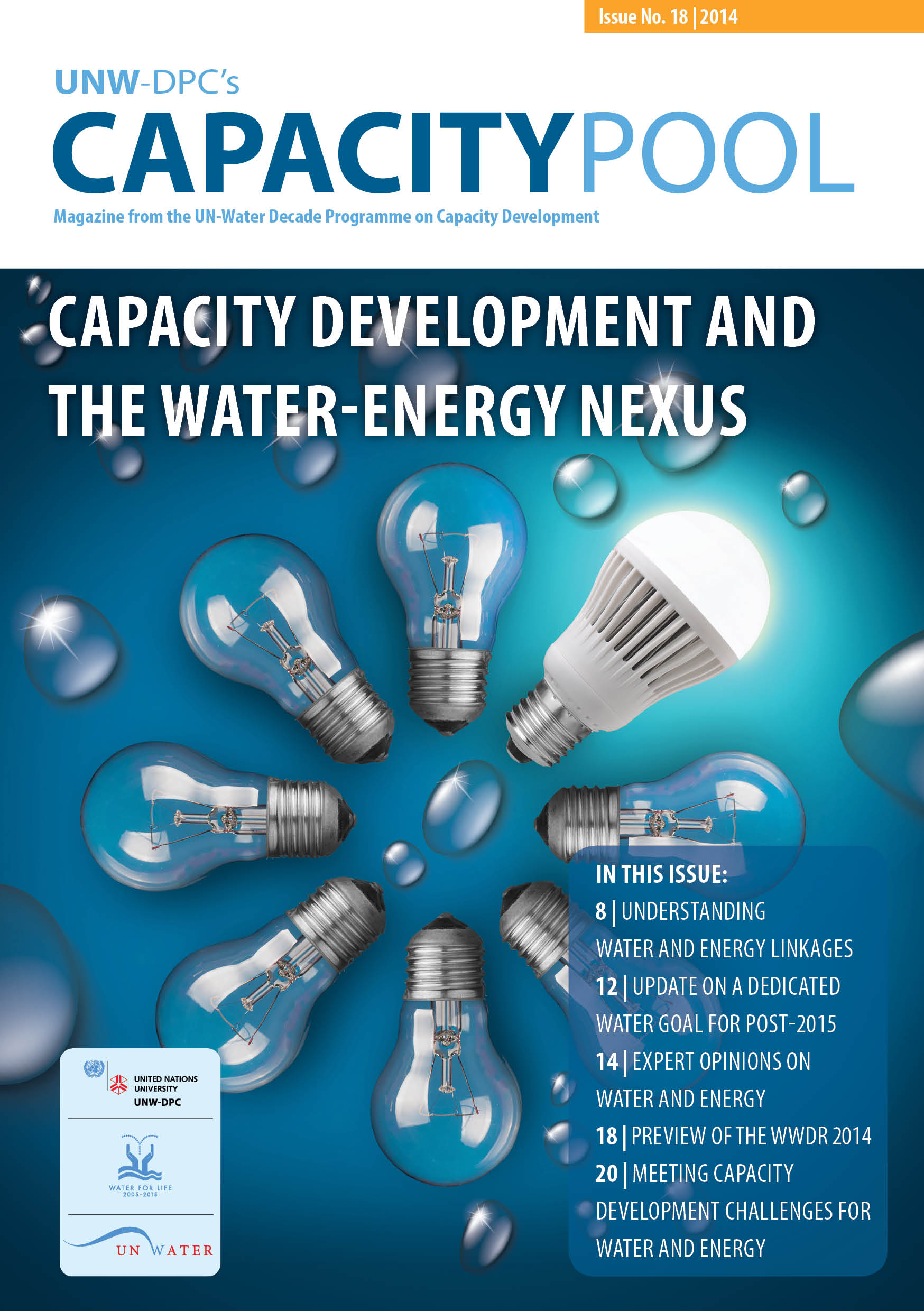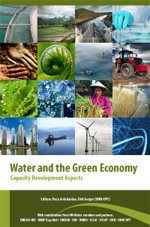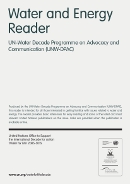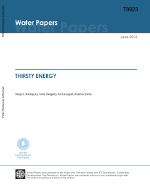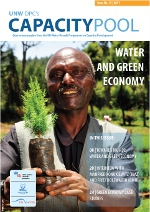The Water-Energy Link
Introduction
Water and energy have formed the foundation of modern civilization and share an inseparable bond. Sometimes the connection is quite evident, such as for hydropower. Yet in fact water, in varying amounts, is required for nearly all forms of energy (World Bank, 2013). At the same time, a substantial amount of energy is required for each step in the process of the collection, treatment, and distribution of water. Significant amounts of water are needed at every step of energy generation processes, from generating hydropower, to cooling and other purposes in thermal power plants, to extracting and processing fuels. Conversely, the water sector needs energy for every step of the processes to extract, treat and transport water (World Bank, 2013).
Water and Energy Challenges
Competition between the use of fresh water for purposes such as agriculture, which accounts for the majority of worldwide freshwater withdrawals, and energy production, which accounts for the majority of industrial water withdrawals, is expected to rise as water stress increases across the globe. This ‘water crisis’ has been ranked consistently by the World Economic Forum in its top five risks in terms of both impact and likelihood (WEF, 2014).
At the same time, the world population is growing, projected to reach nine billion before 2050 (FAO, 2009). Population growth and water intensive trends such as greater meat consumption are expected to push up water consumption, which in turn is estimated to push up global energy consumption. Energy consumption is expected to rise by more than one-third by 2035, translating into an 85% rise in water consumption (IEA, 2012).
The effects of these changes will not be felt equally around the globe, with developing countries, as is the case with many other environmental challenges, bearing the brunt of the burden. In Asia, Latin America and Africa, electricity generation is expected to increase exponentially by 2050: from a more than 350% increase in Asia over today’s levels, to more than 700% in Africa. These rapid increases will in turn increase water demand significantly, putting freshwater supplies under further strain, since water demands for agricultural production are also expected to increase.
For the populations in these countries, these scenarios are problematic. The current figures show that worldwide, 2.5 billion people lack energy access and 2.8 billion live in areas of high water stress. Other recent figures show that an estimated 768 million people lack access to an improved source of drinking water and nearly two billion lack access to improved sanitation (UN-Water, 2014). In fact, these situations often affect the same people worldwide.
Access to fresh water and energy are crucial for all, but particularly affect the ability of the world’s poorest populations to develop. The chance of increased future risk to these populations, which are already the most vulnerable to these challenges, makes the area of water and energy a priority for attention and action, in particular in developing countries.
References
- Food and Agriculture Organization (2009). How to Feed the World in 2050. FAO, Rome.
- UN-Water (2014). Facts and Figures about World Water Day.
- World Energy Council (2010). 2010 Survey of Energy Resources. WEC, London.
- World Economic Forum (2014). Global Risks 2014. WEF, Geneva.

